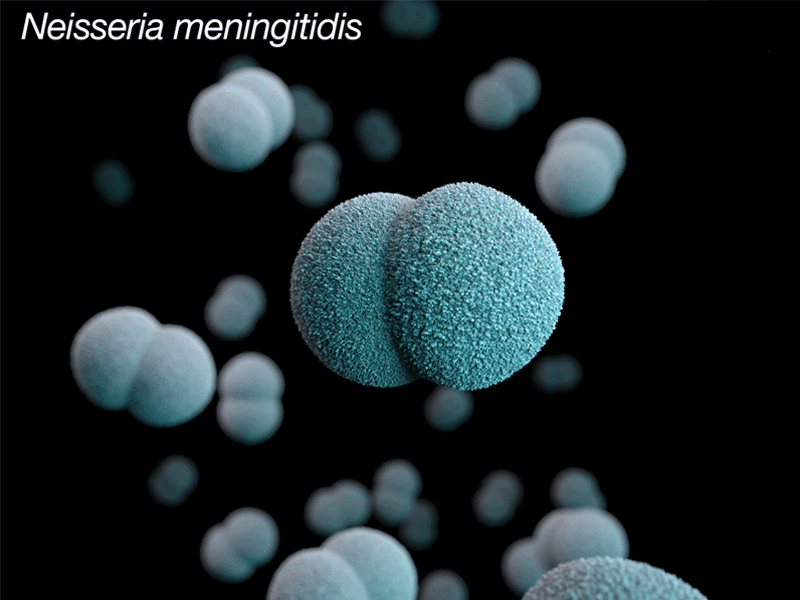CDC Issues Health Advisory on Meningococcal Disease
Combined Penicillin-Ciprofloxacin Resistance Detected in Some Patients
June 22, 2020, 01:42 pm News Staff – Even with the CDC reporting that meningococcal disease incidence rates have declined steadily since the mid-1990s, about 330 people in the United States contracted the disease in 2018, the most recent year for which data were available. Given the disease's sudden onset and case fatality rate of between 10% and 15%, early detection and prompt empiric antibiotic treatment are essential to reducing morbidity and mortality, and antibiotic prophylaxis can prevent secondary disease in individuals who have had close contact with infected patients.

Although Neisseria meningitidis isolates in the United States have historically been largely susceptible to antibiotics recommended for treatment and prophylaxis, including penicillin and ciprofloxacin, the CDC's Health Alert Network issued an advisory on June 18 to notify physicians that between 2013 and 2020, 33 cases were found to have N. meningitidis isolates containing a blaROB-1 beta-lactamase enzyme gene conferring penicillin resistance. Of these, N. meningitidis serogroup Y isolates from 11 cases reported during 2019-2020 also harbored a ciprofloxacin resistance-associated mutation in chromosomal gene gyrA.
According to a CDC Morbidity and Mortality Weekly Report issued June 19, the first meningococcal isolate found to be resistant to both penicillin and ciprofloxacin was cultured from a Maryland resident in January 2020. After a second case was reported by the Maryland Department of Health in February 2020, a systematic analysis of N. meningitidis isolates across the United States was conducted to determine the spread of the resistance pattern.
To date, cases have been reported in 12 states, with the majority of cases occurring in children 10 or younger and adults 45 and older. One fatality has been reported.
The June 19 MMWR stated that the 33 total cases represent "a substantial increase in penicillin-resistant and ciprofloxacin-resistant meningococci in the United States" since 2013.
Updated Recommendations
In response to these findings, the CDC has updated sections of its meningococcal disease microsite with new information for health care professionals and public health staff regarding treatment, prophylaxis and surveillance activities.
The CDC said that clinicians should continue to use ceftriaxone and cefotaxime for first-line empirical treatment of meningococcal disease, and isolate susceptibility to penicillin should be determined before switching to treatment with penicillin or ampicillin.
The agency also is asking clinicians to monitor any prophylaxis failures and instances of antimicrobial resistance among meningococcal isolates to better inform treatment and prophylaxis recommendations.
In addition, clinicians and public health staff are being asked to consider antimicrobial testing on meningococcal isolates if their state has reported a case of meningococcal disease caused by ciprofloxacin-resistant strains within the past two years.
Vaccines Offer Protection
According to the CDC, most cases of meningococcal disease in the United States are caused by serogroups B, C and Y.
Two types of meningococcal vaccines have been licensed in the United States. The meningococcal conjugate vaccine provides protection against serogroups A, C, W and Y, and the serogroup B vaccine provides protection against serogroup B.
The Advisory Committee on Immunization Practices immunization schedules contain specific instructions on administering meningococcal vaccines in children and adults as well as information on when catch-up immunizations are appropriate.